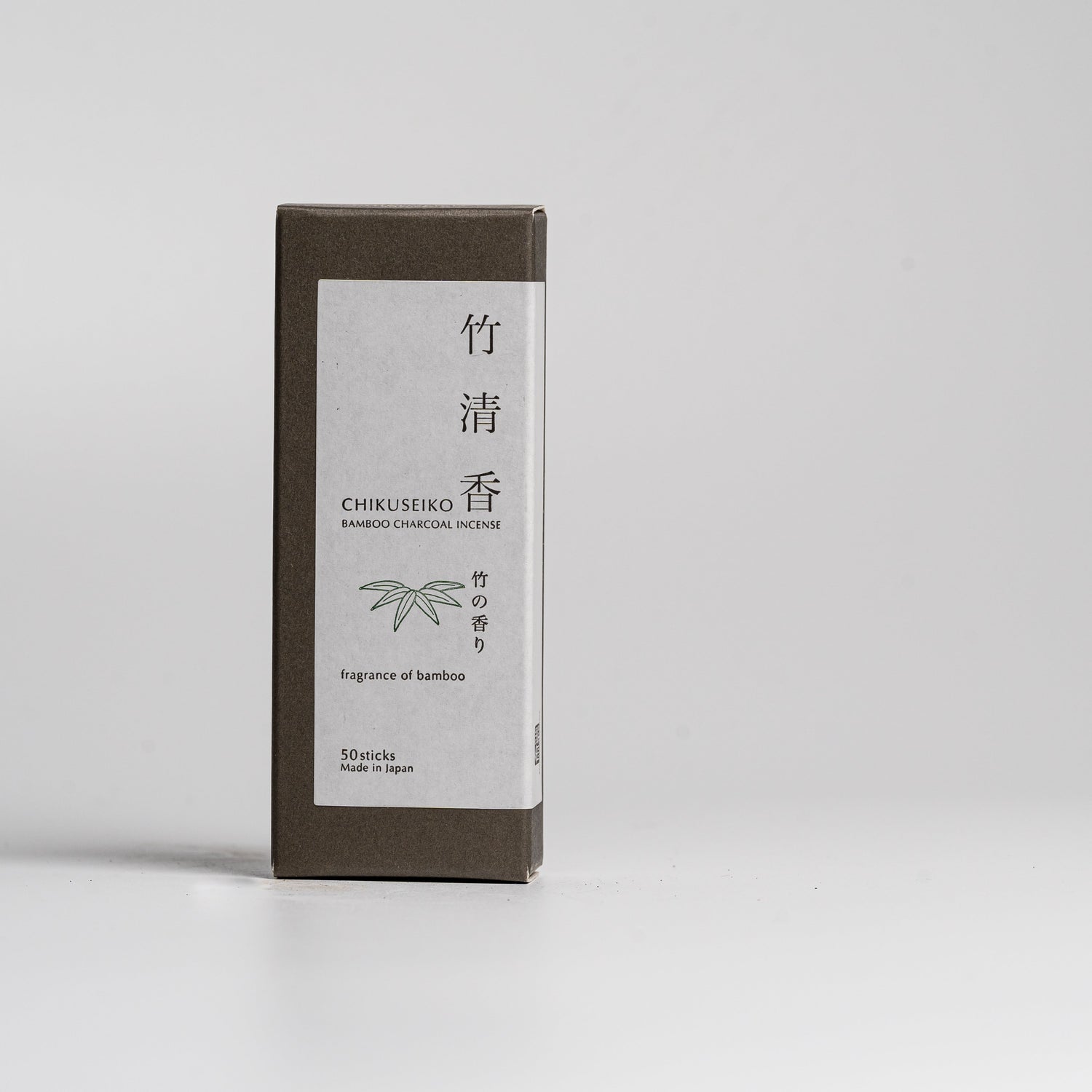In the bustling streets of Tokyo, or down a quiet street in Kyoto, one can often catch glimpses of glowing orbs gently swaying in the evening breeze. These enchanting Japanese paper lamps, known as Chochin, have illuminated the paths of Japanese towns and cities for centuries.
The Beginning of Chochin
Rooted in Japanese tradition, Chochin lanterns have long been an integral part of daily life and ceremonial occasions. Used to decorate shrines, temples and businesses, these lanterns quickly became synonymous with Japanese festivals, izakayas, and teahouses, casting a warm and welcoming glow wherever they were hung. Perhaps the most famous of them all is the 700kg chochin hanging under the gates of the Senoji Temple in Tokyo.

These Japanese paper lamps continue to welcome customers into restaurants and mark the surge of the festival season. Breathing new life into the ancient craft, artisan chochin crafters, such as Asano Shoten, have redesigned the traditional chochin into contemporary washi paper lamps for use at home. These minimal paper lamps have quickly become a designer’s favourite due to their relaxing warm light and beautiful shapes.
Crafting the Chochin Lantern
But what goes into the making of these iconic lanterns? The process of crafting Chochin lanterns is a meticulous art form, passed down through generations of skilled artisans. The lantern shades are made using the highest quality washi paper, a traditional Japanese paper renowned for its durability and translucency. It begins by delicately spinning the wire frame onto the special lamp mould. Great care is taken as the wire being off by even a millimetre can impact the final shape of the lamp. The washi paper is carefully cut into strips and glued onto the frame. Excess paper is skillfully cut away to ensure an even distribution of light and a delicate finish. It is said that you can tell the quality of a washi paper lamp but the thinness of its paper overlaps.

Once the frame is covered with paper and the glue has dried, the mould is carefully removed from the inside of the lamp. For commercial lanterns, the company’s name is written on the lantern in shoji calligraphy and often coated in urushi lacquer for additional support and waterproofing. Contemporary chochin lamps are left unmarked and uncoated for a subtle, minimal finish.
One of the most remarkable features of both traditional and contemporary chochin lanterns is their ability to fold flat, an example of Japan’s early design prowess.
Contemporary Washi Paper Lamps from OKAERI
From the streets and alleyways of Japan, to contemporary, modern homes, chochin lanterns embody the timeless beauty and craftsmanship of Japan. Add a touch of warmth to your home with our collection of minimal washi paper lamps from Gifu Prefecture.


